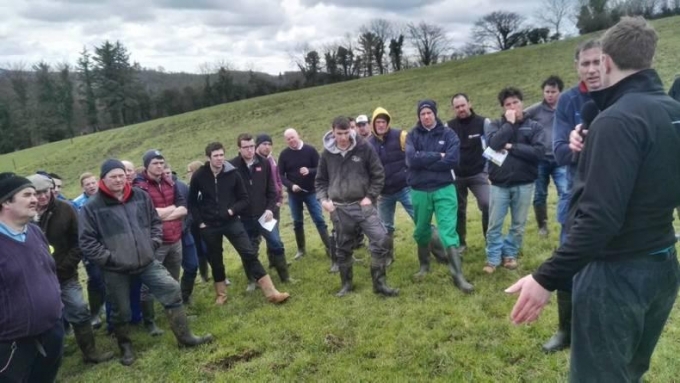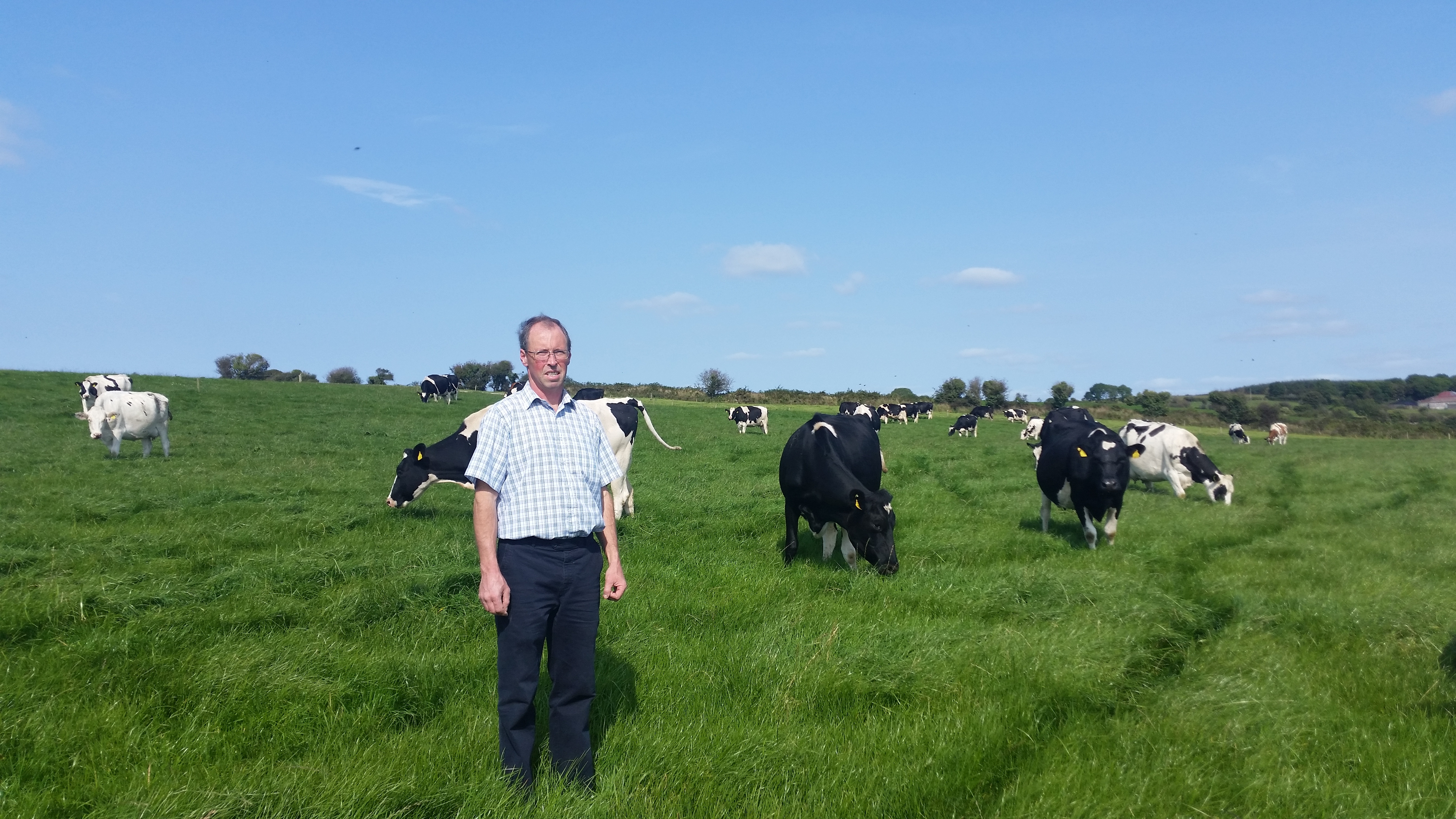Aidan Brennan reports from the Dairylink farm walk held on Charles Clarke's farm near Bailieborough, Co Cavan.
At the end of the farm walk last Friday, Charles Clarke summed up the day by saying that he has a vision for the future and a map for how to get there. The vision is to have a profitable farm throwing off sufficient cash for an enjoyable lifestyle and to have a good work/life balance.
Importantly, achieving these goals did not depend on increasing the scale of the farm and this was the key message from the three Dairylink spring farm walks held over the last two weeks.



